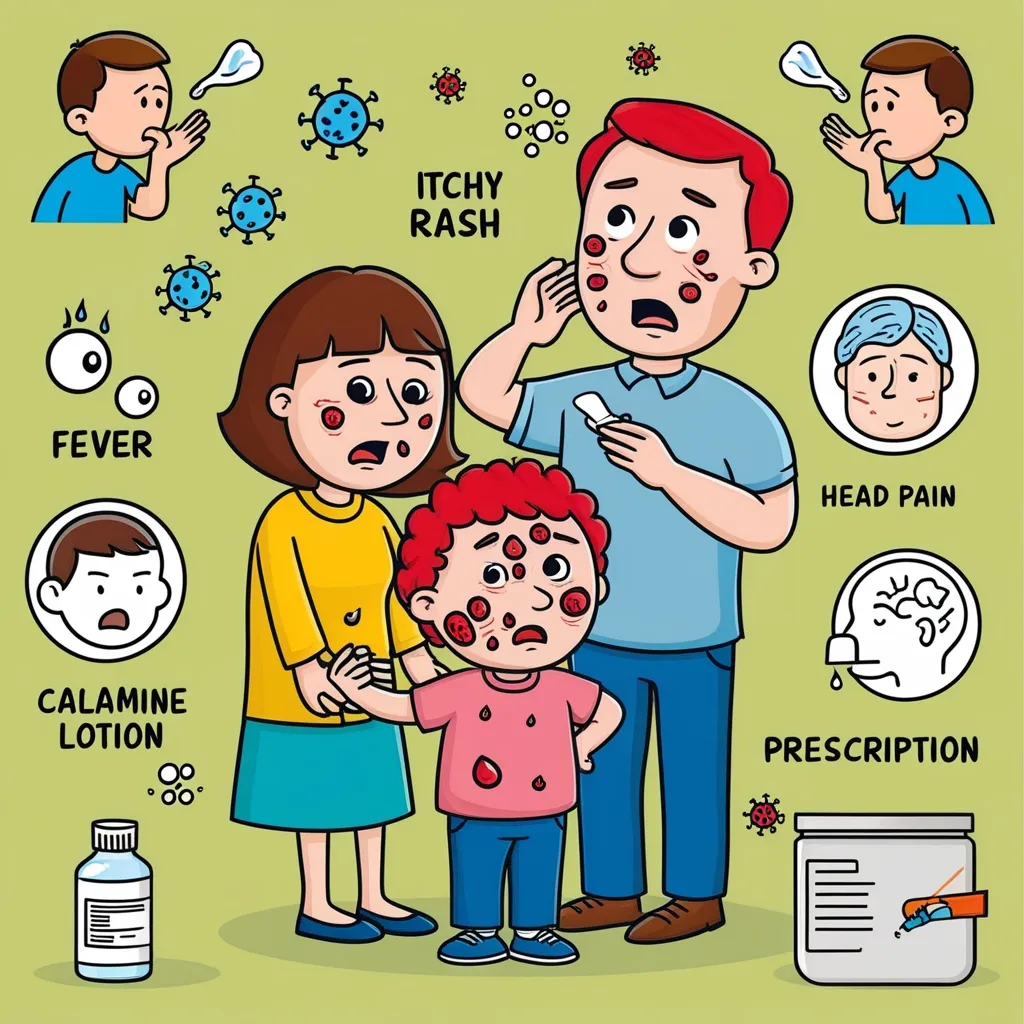When we think about displacement and exile, the immediate images that come to mind are those of chaos, loss, and struggle. However, amidst the turmoil, there is a often-overlooked yet vital component that helps displaced communities navigate their new environments: their religious beliefs and practices.
For many, religion is more than just a set of beliefs; it is a guiding force, a stabilizer, and a source of comfort in the face of uncertainty. It acts as a bridge between the past and the present, connecting displaced individuals to their ancestral roots while helping them adapt to their new surroundings.
One of the most significant ways religion influences the lives of displaced communities is through rituals and spiritual gatherings. These events serve as anchors of familiarity in unfamiliar territories. For example, Jewish communities in exile have long maintained their identity through the observance of Sabbath rituals and the celebration of festivals like Passover. These practices not only provide a sense of continuity with their past but also create a sense of community and belonging in their new homes.
Dietary laws are another aspect of religious practice that play a crucial role in the lives of displaced communities. For Muslims, the observance of halal dietary laws can be a challenging but meaningful way to maintain their cultural and religious identity in a foreign land. Similarly, Hindus and Sikhs adhere to specific dietary practices that help them feel connected to their heritage even when they are far from home.
The concept of “traveling cultures” is particularly relevant here. Religious travel, including pilgrimage, proselytization, and the movement of students and scholars, has been a significant factor in the development of many religions. For instance, in Islam, the hajj pilgrimage to Mecca is a powerful symbol of unity and shared faith, connecting Muslims from around the world. This kind of religious travel fosters a sense of collective identity and belonging, even across vast distances.
Historical narratives are replete with examples of how religious communities have adapted to exile while preserving their cultural identity. The Sephardic Jews, expelled from the Iberian Peninsula in the 15th century, are a prime example. Despite being scattered across Europe and beyond, they managed to retain their unique cultural and religious heritage. They established vibrant communities in places like Venice, Amsterdam, and Hamburg, where they maintained their traditions while engaging in intellectual and cultural exchanges with other communities.
In modern times, the story of Syrian refugees is a poignant illustration of how religion can be a source of resilience. Displaced Syrians have found solace in their intangible cultural heritage, including customs, traditional artistic expressions, and craftsmanship. These cultural practices not only provide a sense of belonging but also help mitigate the psychological, social, and economic challenges of displacement. For instance, the celebration of traditional festivals and the observance of religious rituals have become crucial for maintaining a sense of continuity and identity.
The role of religion in creating bridges between native traditions and adopted customs is also noteworthy. In many cases, displaced communities blend their religious practices with local customs, creating unique cultural expressions. For example, the Hindu diaspora has seen the integration of Hindu festivals with local celebrations in countries like the United States and the United Kingdom. This blending of cultures enriches both the host society and the displaced community, fostering a sense of mutual respect and understanding.
Moreover, religious institutions often serve as vital support systems for displaced communities. These institutions provide not only spiritual guidance but also practical assistance, such as food, shelter, and education. In the early modern period, religious refugees often found solace in the institutions they created in their new places of residence. These institutions were not just places of worship but also centers of learning, art, and cultural expression.
The personal stories of individuals who have experienced displacement are perhaps the most compelling evidence of the enduring power of spirituality. For many, religion is not just a set of beliefs but a living, breathing part of their daily lives. It is the comforting voice in the darkness, the reassuring presence in the midst of chaos.
Consider the story of a young refugee who finds solace in the familiar rhythms of prayer and worship. Despite being in a foreign land, surrounded by unfamiliar faces and sounds, the act of prayer becomes a beacon of hope and comfort. It connects them to their past, to their family and community, and to a sense of purpose and meaning.
In conclusion, the role of religion in the lives of displaced communities is multifaceted and profound. It is a guide, a stabilizer, and a source of comfort in the face of uncertainty. Through rituals, dietary laws, spiritual gatherings, and the blending of cultural practices, religion helps displaced individuals navigate their new environments while preserving their cultural identity.
As we reflect on the stories of these communities, we are reminded of the enduring power of spirituality. It is a force that silently choreographs the dance between continuity and change, providing a comforting compass for those on tumultuous journeys. In the words of those who have lived through exile, religion is not just a belief; it is a way of life, a source of strength, and a beacon of hope in the darkest of times.






